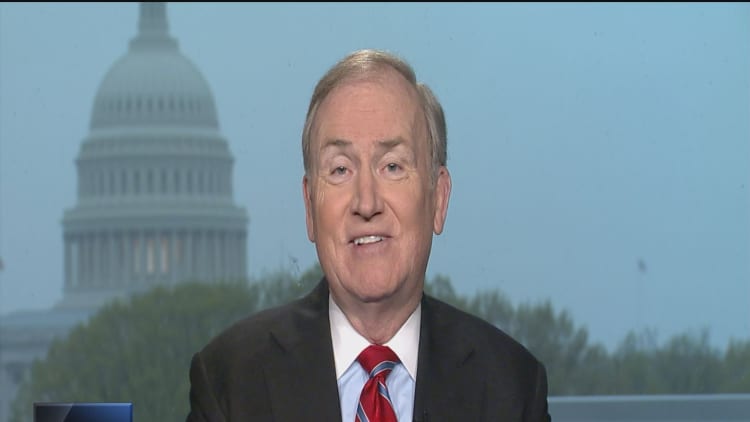German growth halved in the first quarter of the year due to weaker trade and less state spending, data showed on Tuesday, though analysts said they saw it as a temporary blip.
Europe's biggest economy grew by 0.3 percent in the first three months, the slowest rate since the third quarter of 2016, preliminary data from the Federal Statistics Office showed.
This compared with 0.4 percent predicted in a Reuters forecast of analysts and followed an expansion rate of 0.6 percent in the final three months of last year.
Still, it marked the 15th consecutive quarter of expansion, the longest period of uninterrupted growth since German reunification.
"Is it a pause or a fundamental shift? For us the answer is clear: It's just a blip," DekaBank analyst Andreas Scheuerle said. He pointed to continued strong foreign demand and vibrant domestic activity due to record employment and rising wages.
"However, this should not hide the fact that risks to the economic outlook have risen not least due to the neo-protectionist aspirations and sanctions policy of the U.S. government," Scheuerle added.

The statistics office said positive contributions in the first quarter came mainly from domestic demand while trade was weak.
"Investment rose sharply, with significantly more investment in construction, but also in equipment," the office said. Household spending rose slightly while state consumption fell.
On the year, the German economy grew by a calendar-adjusted 2.3 percent in the first quarter, the data showed. This was just short of the consensus forecast of 2.4 percent.
The office also confirmed full-year GDP growth of 2.2 percent in 2017 which translated into a calendar-adjusted rate of 2.5 percent. This was the strongest pace since 2011.
The DIHK Chambers of Commerce and Industry also blamed the slowdown in the first quarter on a flu epidemic, an unusually high number of strikes and an above-average number of holidays.

"The start of the year is a disappointment, but not yet the beginning of the end of the upswing," DIHK managing director Martin Wansleben said. The government has also said it expects the economy to bounce back in the second quarter due to full order books and high employment. Berlin forecasts 2.3 percent growth this year.
"The upswing has cooled down a bit, but it's still intact," Ifo President Clemens Fuest said. "We expect stronger growth rates in the months ahead."
Jennifer McKeown from Capital Economics said the economy will get a boost from increased public spending on child benefits and pensions in the coming quarters while growth among major export partners would also pick up again.
"In all, we still see German GDP rising by 2.5 percent this year as a whole and the renewed strength of the euro zone's largest economy will encourage the ECB to signal this summer that asset purchases will not last into 2019," she added.
The release of the preliminary data does not include a detailed breakdown but only a qualitative assessment. The office will release more detailed GDP results on 24 May.

